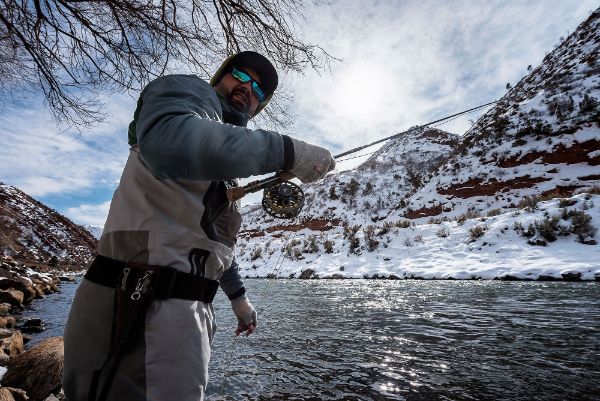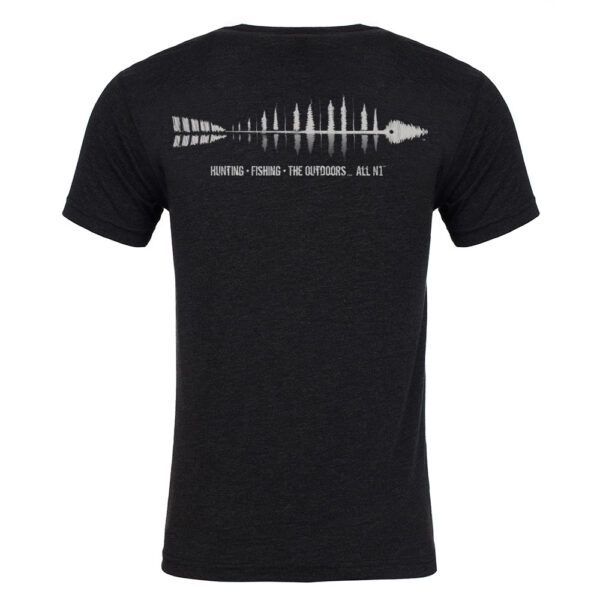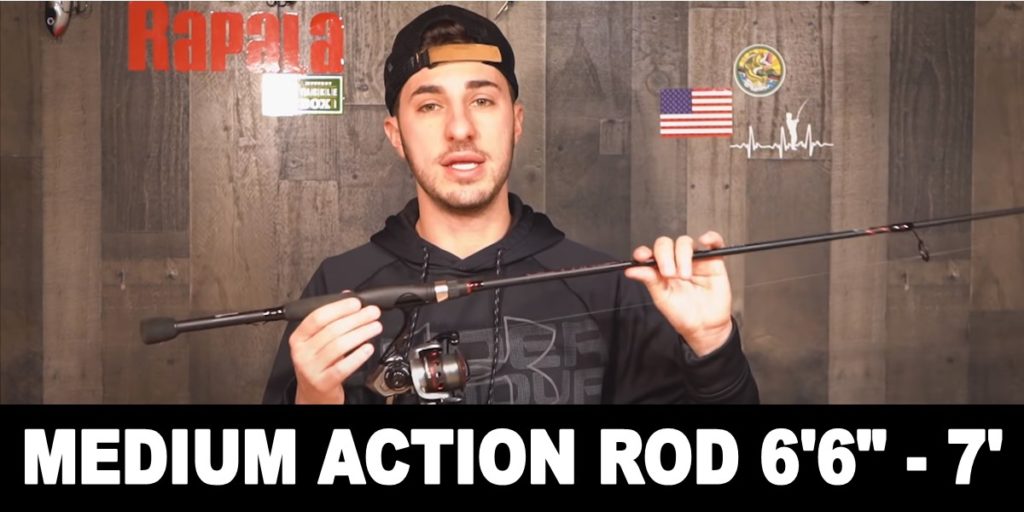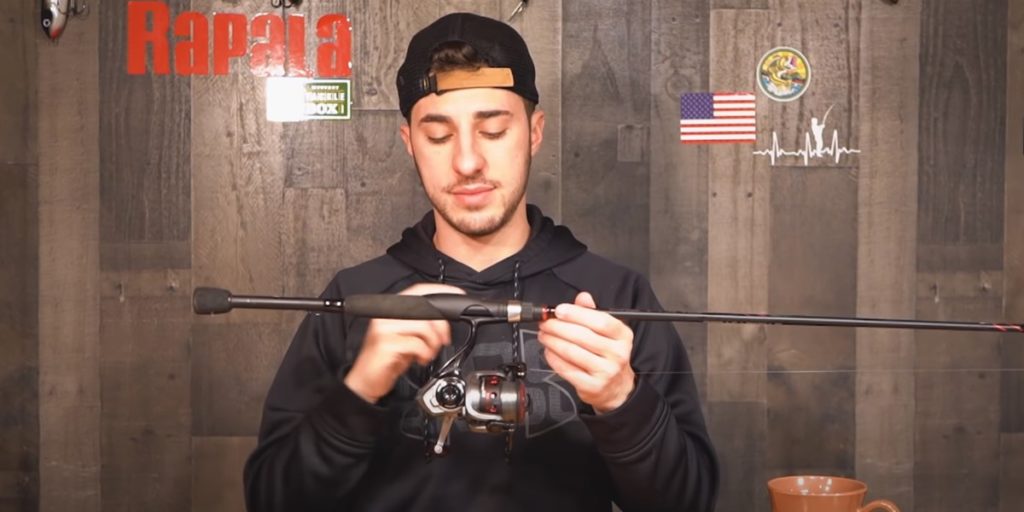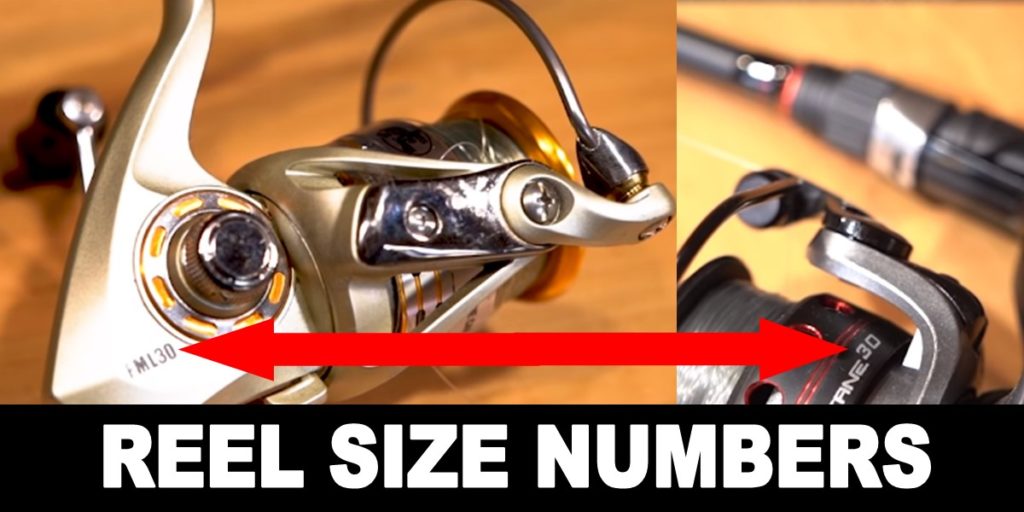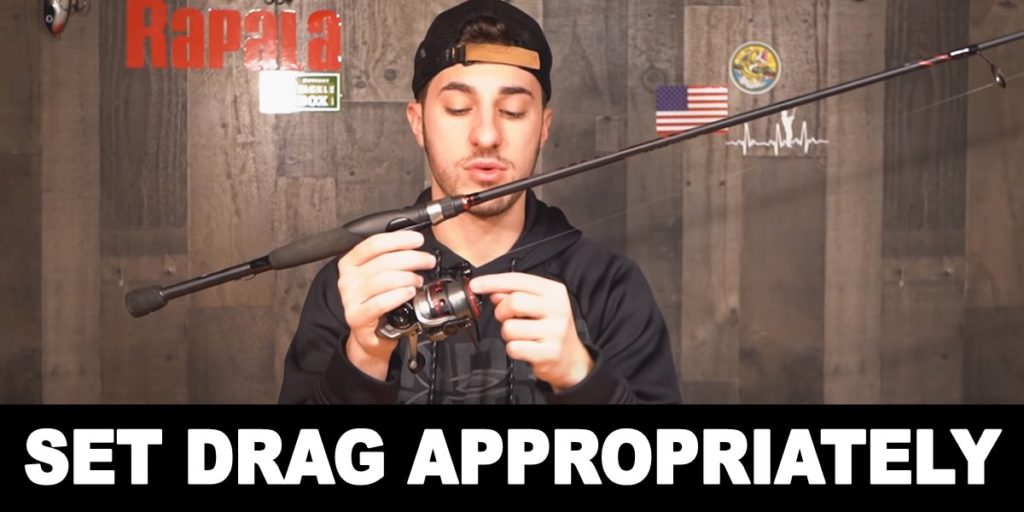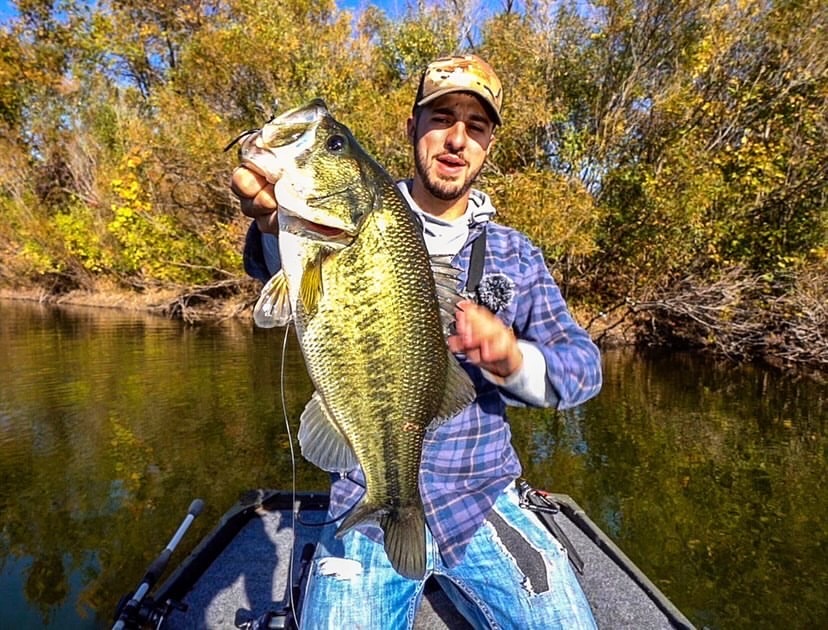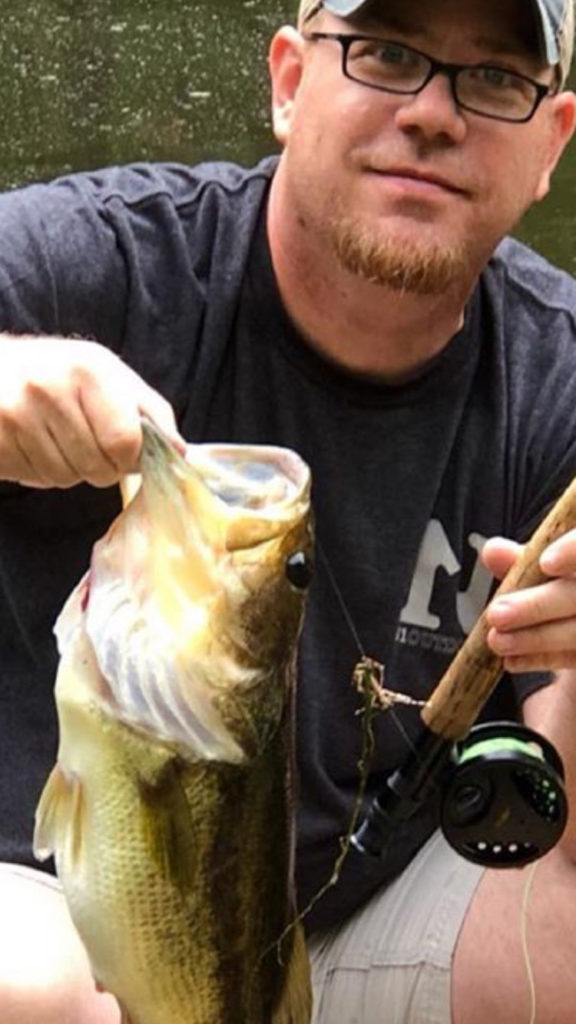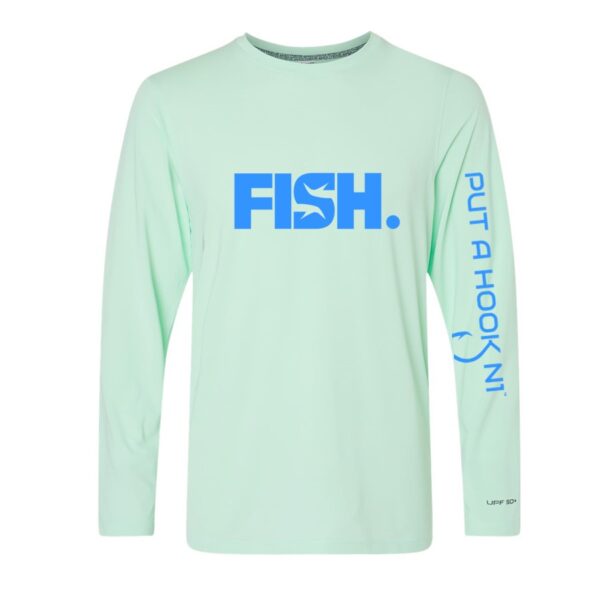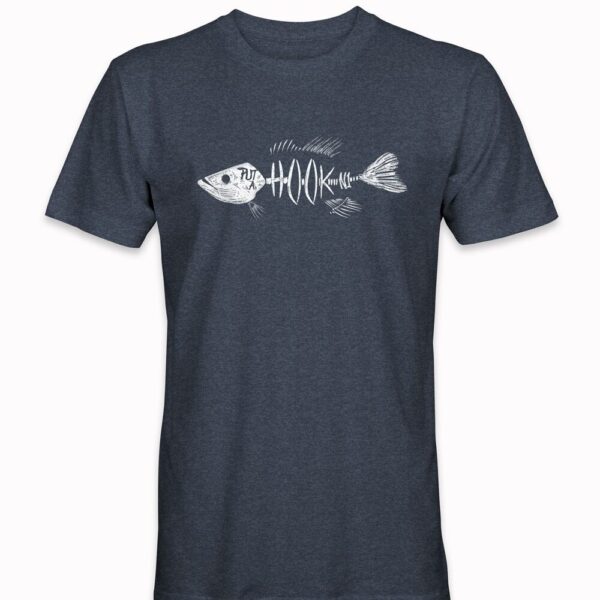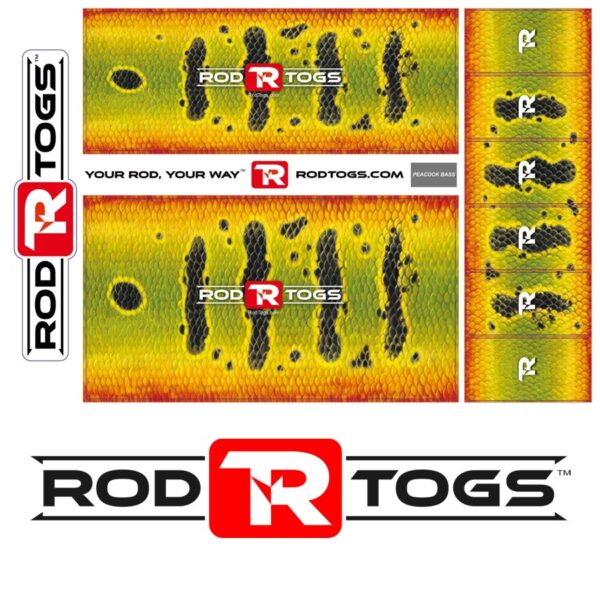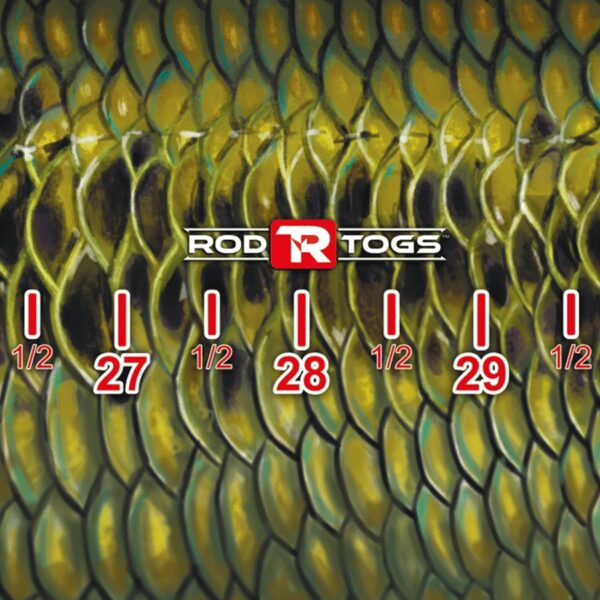When planning a fly fishing trip, our excitement is so strong around the destination and the experience that we might have, that we often overlook the most important details; getting our gear there in one piece.
Nothing puts a damper on a highly anticipated fishing trip like losing
your gear to a situation that could have been prevented.
Whether you are traveling by plane or car, your fly fishing gear should receive first class care.
Knowing how and what to pack for a plane trip, and how to store a fly rod in a vehicle that might not be sporting a roof rack, will make your trip smooth sailing and a lot of fun.
Taking Your Fly Fishing Gear On a Plane
It seems like every airport, airline, and T.S.A. agent’s standards, directions, and verdicts vary greatly. This unfortunate reality can make traveling all the more anxiety ridden.
It also doesn’t help that fly fishing gear can have some questionable components that may raise some red flags such as fishing hooks, pliers, knives, etc.

Before you fly, be sure to check with your specific airline to find out what their regulations are pertaining to fly fishing equipment and supplies.
Fortunately, fly rods and their reels are deemed acceptable as checked luggage by most airline carriers, regardless of the carrier’s size.
To be absolutely sure that you will not have an unexpected hassle during your airport and plane experience, it’s always a good fail-safe to
check with your specific airline carrier.
A great way to think of it is that T.S.A cares about what is inside your bag or on your person, whereas the carrier cares about how much your bag weighs and how much space it takes up.
Check out this T.S.A resource that helps you determine what you are permitted to carry and what you are not.
Containers for flying with fly fishing gear
Once you have determined what you can and cannot bring, you’ll need to think about what type of container you will use for transporting your fly rod.
Four-piece rods and rod tubes are always the most ideal given that they are built for this purpose.
That said, the most important thing is that the chosen container is a hard case, extremely durable, and shock absorbent.
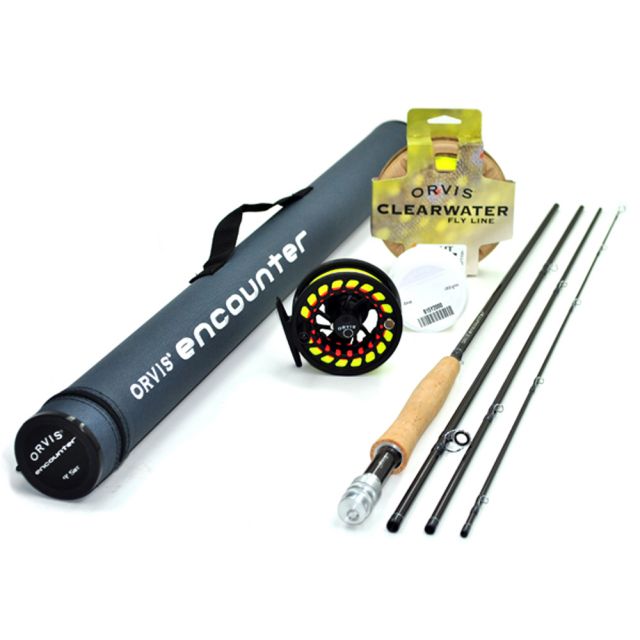
A fly rod tube will allow you to take your own gear on your next fly fishing trip and also save you lots of space.
Hitting a batch of heavy turbulence is an anxious situation all on its own. Don’t give yourself even more stress by worrying about what damage that said turbulence may inflict on your fly rod.
Flying with a 4 piece rod and rod tube will save you a ton of space and headache. Although all things have their pros and cons, it’s better to fish with your own gear than with rental gear used by all sorts of anglers because you had to leave yours at home.
-

The N1 Outdoors® “OUTDOORS™” Tee
Price range: $28.99 through $32.99 Select options This product has multiple variants. The options may be chosen on the product page -
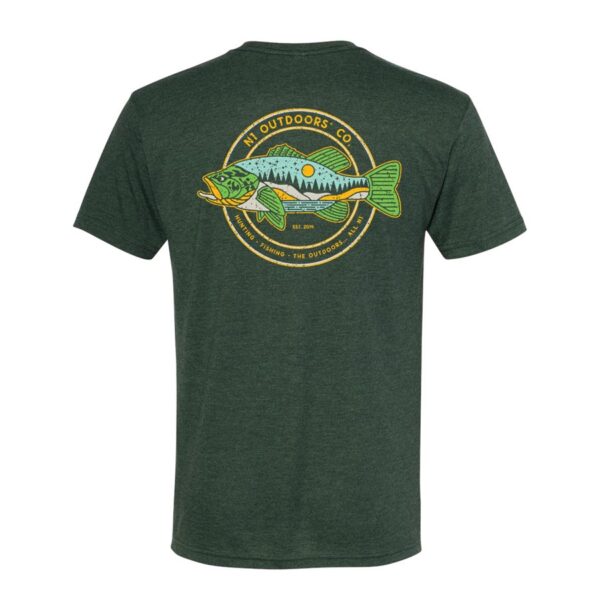
N1 Outdoors® Fishscape™ Outdoor Tee
Price range: $28.99 through $32.99 Select options This product has multiple variants. The options may be chosen on the product page -
Sale!

N1 Outdoors® Dominion™ Tee
$19.99 Select options This product has multiple variants. The options may be chosen on the product page
Where to put “questionable” fly fishing items
So, what questionable fly fishing gear items might raise T.S.A eyebrows? It’s a good idea to leave all tools (such as snippers, pliers, and hooks) in your
checked luggage.
It will also serve well to remove your fishing line from the reel and transport them in their respective packaging to prevent any security issues.
Other than that, so long as you don’t pack anything you can’t fit in your carry-on or checked baggage with ease, you’ll be
down and off the runway with no problem.
Traveling With Your Fly Fishing Gear via Car
There are some really impressive fly rod roof racks on the market that are hands down the best way to travel via car with your fly rod.
Roof racks like Riversmith are exceptionally durable, can accommodate multiple and varying fly weights, and have protective liners that ensure your fly rod has a smooth and highly protected ride.
But, sometimes you might travel in a rental vehicle, with a buddy who doesn’t have a roof rack, or simply in a vehicle that is not your own. This can require fishermen to get creative with how they’ll go about getting their fly rod to its destination in one piece.

Roof racks are a great way to protect your fly fishing rods when traveling by vehicle.
Here’s how you should protect your fly rod when traveling by vehicle:
- Disassemble your fly rod down to the number of pieces it was manufactured to break down to.
- Then, gently tape or strap the rod’s components together in several places.
- Once these parts are secure, place them in the vehicle pointed in a direction safe from windows, doors, and other passengers or obstructions.
- With the handles or butts of the fly rod down and a sock placed over the tip facing up, the rod should then also be strapped to the vehicle to prevent it from rolling around.
This security works both ways; it will ensure the vehicle doesn’t inflict damage to your fly rod, and that your fly rod won’t inflict damage to your vehicle.
-
Sale!

N1 Outdoors® Duck Camo Block Logo Heavyweight Hoodie
$34.00 Select options This product has multiple variants. The options may be chosen on the product page -
Sale!

N1 Outdoors® Est. 2014 Forest Camo Heavyweight Sweatshirt Hoodie
$34.00 Select options This product has multiple variants. The options may be chosen on the product page -
Sale!
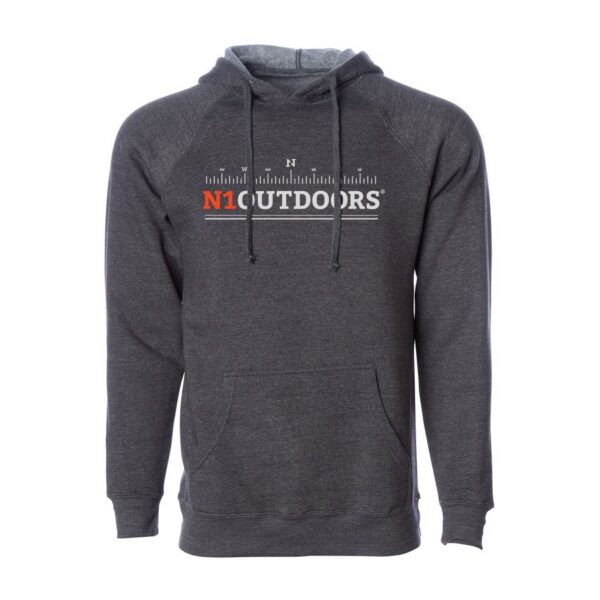
N1 Outdoors® Compass Pullover Hoodie
$34.00 Select options This product has multiple variants. The options may be chosen on the product page
Get Your Gear to Its Destination in One Piece
There is no such thing as caring too much about your fly rod and fishing equipment and doing everything in your power to get all of your gear to your fishing destination safely. So, take the extra minute to call your airline carrier and get information relevant to your rod and gear.
Invest some money into a fly rod roof rack for your personal vehicle so you can get from fishing spot to fishing spot with gentle ease. But, most importantly, don’t make impulsive and uneducated decisions on the fly so that you find yourself or your gear in a bad situation.
Do all your homework up front and your gear will thank you!


